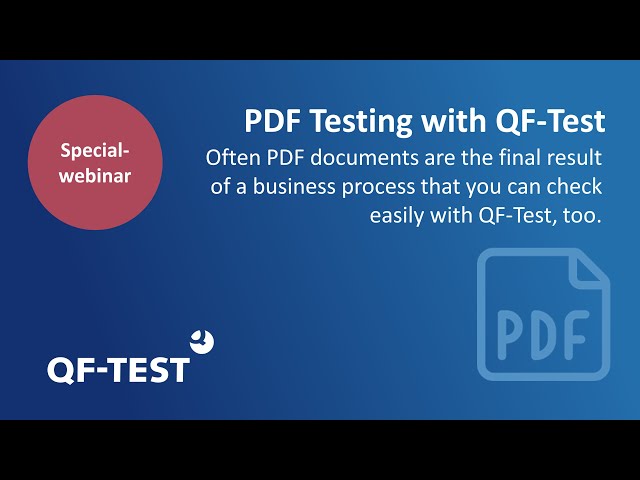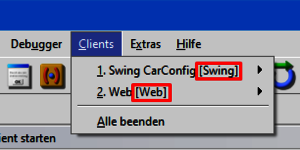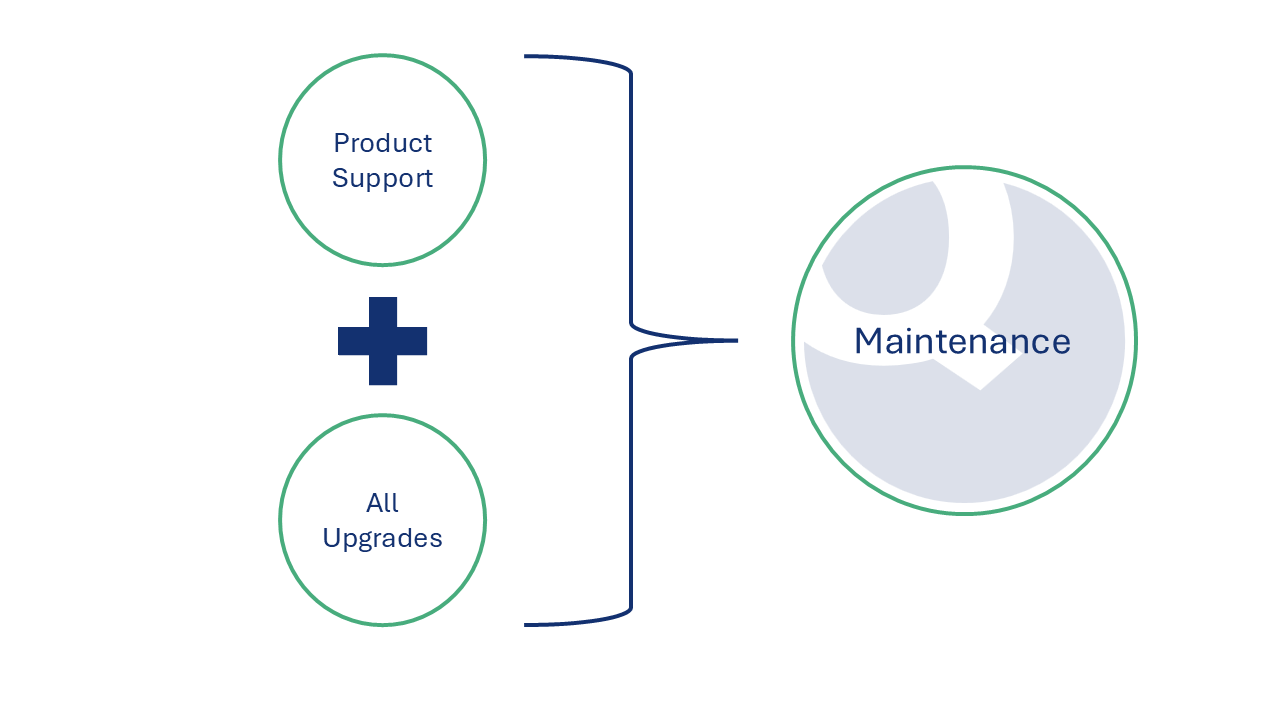Java applications
- All kind of Java applications can be tested.
- Everything is covered from the traditional Swing (including Webstart, ULC, JIDE components, CaptainCasa), and its successor JavaFX and also SWT, the Standard Widget Toolkit from Eclipse, including Plugins and RCP (Rich Client Platform) applications.
Hybrid applications
Use QF-Test to test applications combining Java and Web using technologies like JxBrowser, SWT-Browser, JavaFX WebView components, but also Java In Browser applications using JPro or Webswing.
Web applications
- QF-Test provides cross-browser testing of Web GUIs and Electron applications.
- QF-Test completely supports reactive frameworks like Angular, React and Vue.js. Support for many dedicated UI component libraries comes integrated in QF-Test, like SmartGWT, ExtGWT, ExtJS, ICEfaces, jQuery UI, jQueryEasyUI, Kendo UI, PrimeFaces, Qooxdoo, RAP, RichFaces, Vaadin and ZK. Other toolkits like SAP UI5, Siebel Open UI, and Salesforce can be integrated with little effort. Our support team is ready and able to assist you.
- QF-Test supports all common browsers (Google Chrome, Mozilla Firefox, Opera, Safari and Microsoft Edge) as well as the headless versions of Chrome, Firefox and Edge (Chromium based)
Progressive Web Applications
Mobile websites and web applications are testable via the dedicated mobile emulation mode.
Mobile applications
Android and iOS applications with support of both real devices, the Android Studio emulator and the iOS Simulator
Native Windows applications
QF-Test supports native Windows desktop applications built with Win32, .Net (often written in C#), Windows Forms, WPF, Windows Apps, and Qt (often written in C++)
PDF documents
PDF documents can also be tested by QF-Test. See our introduction video to testing PDF documents:

Often PDF documents are the final result of a business process that you can check easily with QF-Test, too.



 Max Melzer
Max Melzer
